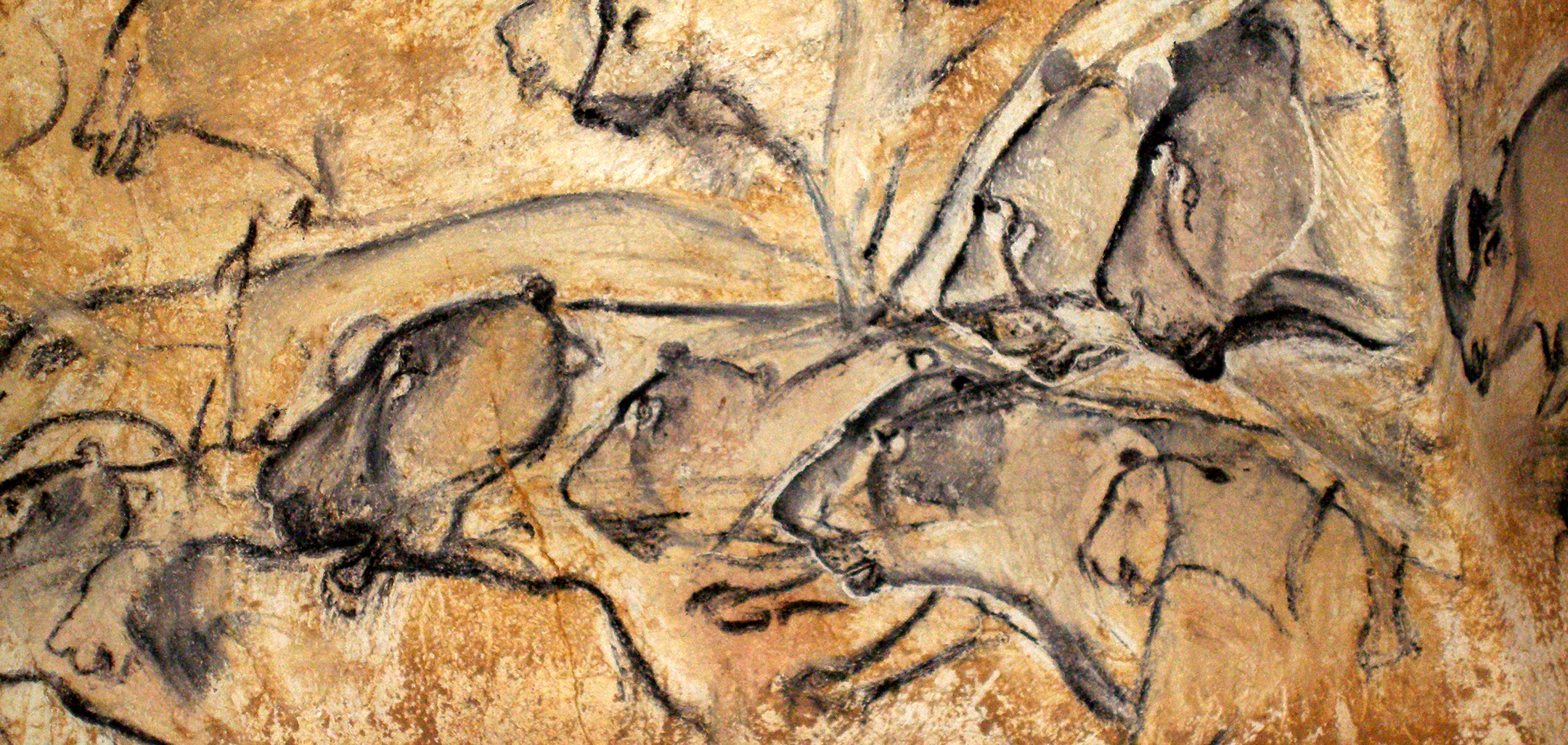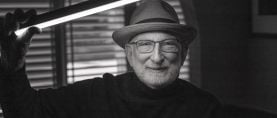
The Art of Cinematography Part One — The Tail That Wagged the Dog
“In Art, the dog can wag the tail just as forcefully as the other way around.”

Many years ago — actually, about 20,000 years — the artists of the Lascaux caves portrayed animals upon the walls with multiple heads, legs and tails, not to express mythical beasts, but to illustrate motion. Marc Azéma, a Paleolithic researcher and filmmaker at the University of Toulouse in France, studied dozens of examples of such ancient images meant to imply motion, identifying two primary techniques that these artists used to accomplish this. The first is the juxtaposition of successive images, while the second is superimposition (seen above). In the latter, rather than appearing in sequence, variations on an image are piled on top of one another, lending a sense of movement. In that light, we could say that at that point, motion-picture images were born, establishing a distant precurser to the Art of Cinematography.
This idea was followed by a long tradition of suggesting movement throughout the history of visual art. The Romans illustrated Trajan’s exploits as emperor (98-117 AD) upon stone in a film-like manner, with images spiraling around a towering triumphal column named after him. This was followed by the figure in da Vinci’s famed 1490 drawing “Vitruvian Man,” which depicts the subject with four arms and four legs.
After this were the dramatic lighting and framing of the master painters such as Caravaggio, Rembrandt and Vermeer. Then came the provocative Impressionist approach to depicting color and motion by van Gogh and Monet. Then the first photographic experiments with chronophotographic studies of animals in motion, conducted by French scientist Étienne-Jules Marey — who, in the 1880s, set out to scientifically document the movement of a galloping horse, but in fact introduced the Art of creating a moving image through a photographic medium, the very foundation of what would become cinematography.
It was this simple foundation of technology that enabled such practitioners as Georges Méliès, Billy Bitzer, Gregg Toland, Gordon Willis, Vittorio Storaro and Roger Deakins — to mention just a few — to establish and refine motion-picture imagemaking to the degree that it would deserve the reference “The Art of Cinematography.” That is, of course, if the world would unilaterally recognize cinematography as an art form, which, unfortunately, it still does not always do.
Past British Society of Cinematographers president and director of photography Barry Ackroyd, BSC published an interesting article a few years ago in which he posed this very question: “But, Is It Art?” In the article, he memorializes his years of study inspired by Jean-Luc Godard. At that time he created his film-school thesis: “The Failure of Auteur Theory,” in which Barry analyzes the inevitable belief of the French New Wave that put the director forward as the sole author of a movie. He describes it as a “nasty theory” that does not hold up in a world where box-office results seem to dictate the status of directors. But what I find fascinating is that La Nouvelle Vague also brought us some of the very best cinematographers, including Raoul Coutard, Sacha Vierny and Néstor Almendros, ASC — to name a few.
I find it interesting and remarkable that in the case of the New Wave, the art form of cinematography ultimately defied the proposed principle of “sole authorship.” Barry also alludes to the collaborative nature of the filmmaking process:
Cinematography is the first Art of filmmaking. Writing, directing, producing or acting are but radio plays until cinematography is added. No one can deny what a contribution cinematography has been to our vision of the world, and no right-minded producer or director would wish to separate the Art of cinematography from their vision. But, is it art? Cinematography has produced unforgettable images that have moved and inspired and stirred our emotions. It speaks in every language. The moving image captures your heart. It can bring you to tears, and take you to places unimaginable.
Voila — here Barry proves it is “Art.” Going back through my introduction of the history of the image in motion, all those examples were sooner or later recognized as Art. During his lifetime, Rembrandt was merely seen as a professional portrait painter — a hack, a gun for hire — and van Gogh was largely ignored until well after his death. For that matter, we kind of know that great cinematography is seldom respected during production, when time is of the essence.
In 1912, at the dawn of cinematography, the Italian artist Giacomo Balla (1871-1958) introduced “Dynamism of a Dog on a Leash.” The now-world-famous painting depicts a dachshund on a lead and the feet of a woman walking it, both in rapid motion, as indicated by the blurring and multiplication of their parts. It throws us back to the primitive drawings of the caves in Lascaux, but also it serves as an example that, in Art, the dog can wag the tail just as forcefully as the other way around. But more about that next month, in part two: “In the Doghouse.”
Kees van Oostrum
ASC President







